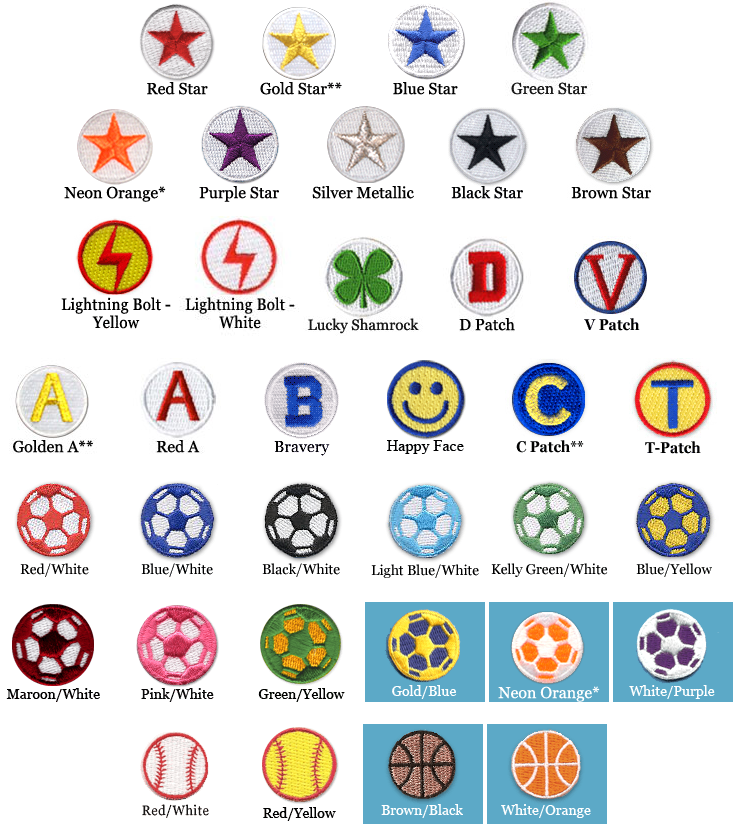NOTE: Medical studies have found that extensive headers can cause brain damage; some parents oppose practicing them.
As players get older, they use their head more often to pass, receive, shoot or "redirect" the ball. There are two types of headers: a) a directional header where the player wants to control the ball (i.e., a pass, shoot or receive) & which is struck with the forehead (just below or at the hairline, where the player can see the ball; teach this by having them hold the ball on the forehead & asking them if they can see it) or with the side of the head; and, b) a clearing header (where the objective is just to send it as far as possible) which is struck with the forehead at the hairline or with the top of the head & where the defender often leaps to get more power. Don't even try to teach headers until U-10 & don't stress them until U-11. If you play a lot of small sided, by U-10 or U-11 they will be learning on their own. Don't use a heavy or hard ball to teach headers; use a soft or underinflated ball. A header that is aimed at the ground near the goal line (so it will bounce) is particularly difficult for the goalie to save. (See "Flick Header").
See prices for our iron on Motivational Soccer Patches
